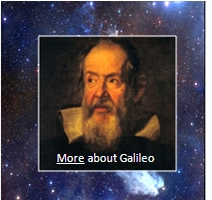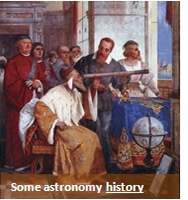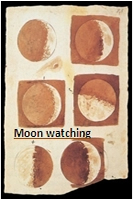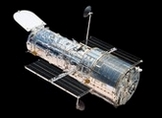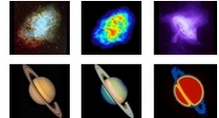The cosmos for kids
|
In 1609 Galileo Galilei first used a telescope to study the moon, the planets and stars. Thousands of years before, the first Australians were among the first astronomers. Be part of an Australian group of space cadets and visit the US Space and Rocket Centre (left). Sydney Observatory hosts visits and events and has monthly sky guides for stargazers. At NASA explore videos, kids and education sites. View the picture gallery and take an image tour at Hubblesite, or compare amazing views of different space objects in different wavelengths. |
Explore the cosmos yourselfFind simple definitions of astronomy and other terms. Space Place has lots of interesting facts and fun activities. At Space Place Live meet astronomers, space engineers and more! Look back on the space shuttle program. Use Google Sky to view galaxies and Google Moon for views of the Apollo moon-landing sites. Explore the solar system, or learn how much you weigh on other planets. Learn more about Aboriginal astronomy. Resources for teachersThe Jet Propulsion Laboratory has classroom activities that connect science, technology, engineering, mathematics and art for all grade levels, as well as a collection of videos. NASA has lots of resources for educators. See the colours and motions of the sun and much more at the Stanford Solar Centre. The Challenger Center has lots of STEM resources. Explore infrared astronomy at Cool Cosmos. At Amazing Space, teaching tools include interactives. On the Windows to the Universe site select information at beginner level for students. Use the Worldwide Telescope or Stellarium to explore the sky, or view images of Our Earth as Art to use in class. Find activities and resources to do with Indigenous astronomy (PDF 4.4MB) in this booklet from ABC Education. See also Sites2See: Astronomy for Secondary. |

